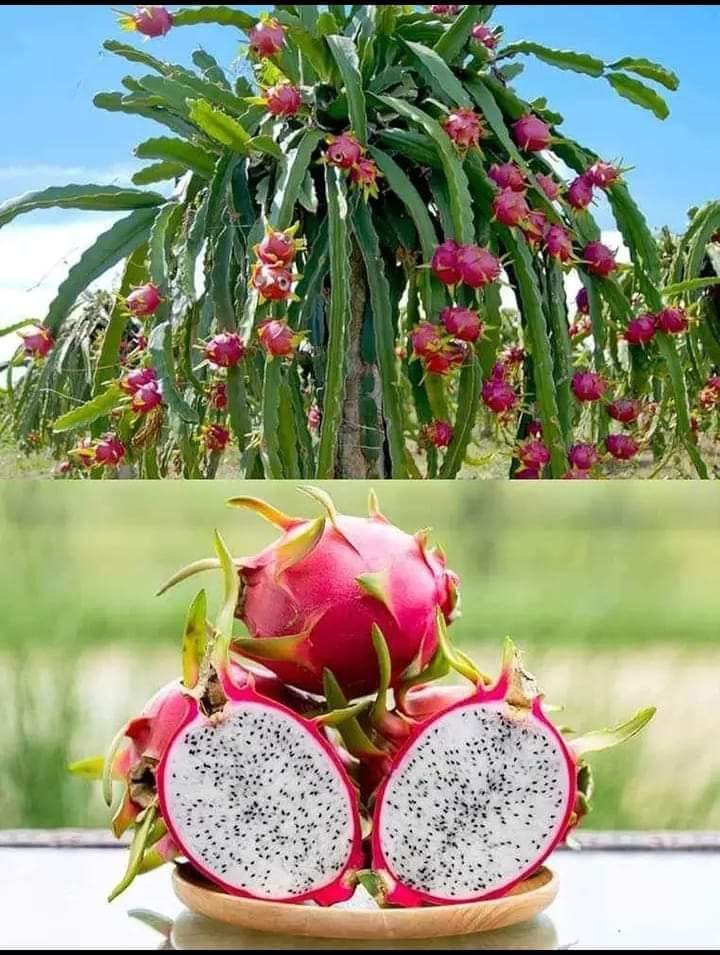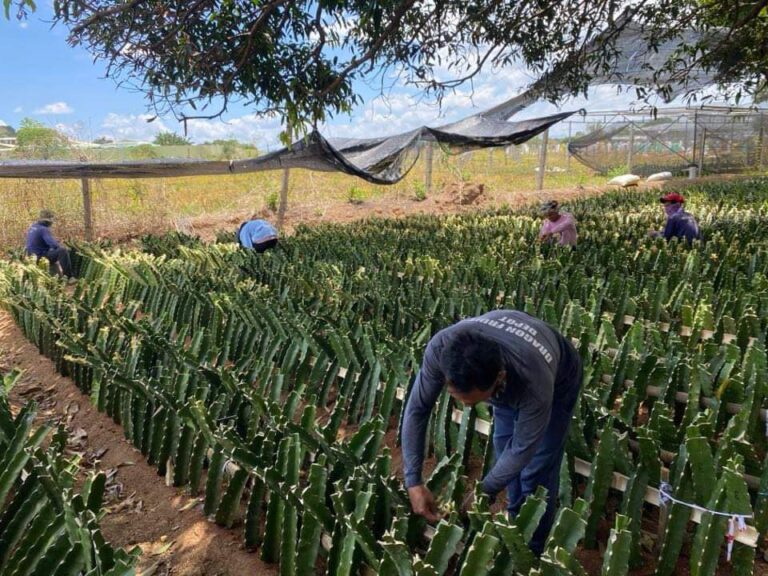Pumpkin Productsion & Profit Per Acre in Kenya
In Kenya, pumpkin profit per acre can range from KSh 100,000 to KSh 950,000. This varies based on yields (10-20 tons) and market prices (KSh 20-50 per kg), minus production costs (KSh 50,000-100,000). Market access and post-harvest management also impact profitability.
Pumpkin farming in Kenya can be quite profitable if managed well. Whether you’re an experienced farmer or a newcomer, this guide will help you understand the potential earnings and costs involved.
Let’s dive into the juicy details!
Yields: How Much Can You Harvest?
Average Yield
The yield of pumpkins per acre can vary significantly based on factors such as soil quality, climate, and farming practices. On average, you can expect:
- 10 to 20 tons per acre
Market Prices: What Can You Earn?
Average Price
The market price for pumpkins is not static. It fluctuates based on demand and market conditions. Generally, you can sell pumpkins for:
- KSh 20 to KSh 50 per kilogram
Income Calculation: Crunching the Numbers
Low Estimate
Harvest: 10 tons (10,000 kg)
Price: KSh 20 per kilogram
Income: KSh 200,000
High Estimate
Harvest: 20 tons (20,000 kg)
Price: KSh 50 per kilogram
Income: KSh 1,000,000
Production Costs: What Will You Spend?
Cost Breakdown
The production costs for pumpkin farming can vary. They include expenses for:
- Seeds
- Fertilizers
- Pesticides
- Labor
- Irrigation
On average, these costs can range from:
KSh 50,000 to KSh 100,000 per acre
Net Profit: What’s Left for You?
Estimate Range
Subtracting production costs from your gross income will give you the net profit. Based on the different scenarios, your net profit per acre could range from:
KSh 100,000 to KSh 950,000, depending on yield and market price.
Additional Considerations: Tips for Maximizing Profit
Seasonality
The price of pumpkins can vary depending on the season. Typically, higher prices are available during off-peak times when the supply is low but demand remains constant. It’s essential to plan your planting and harvesting schedules to take advantage of these peak price periods.
Market Access
Your profits can be significantly impacted by your access to different markets. Local markets, supermarkets, and wholesale markets may offer varying prices. Ensuring you have good access to multiple markets can help you secure better prices for your pumpkins.
Establishing relationships with buyers and consistently delivering high-quality produce will also strengthen your market position.
Post-Harvest Management
Proper handling and storage of pumpkins are crucial in reducing losses and maximizing profits. Here are some tips for effective post-harvest management:
- Store pumpkins in a cool, dry place to prevent spoilage.
- Handle pumpkins gently to avoid bruising, which can lead to rot.
- Clean and dry pumpkins before storage to remove any dirt and pests.
- Regularly inspect stored pumpkins and remove any that show signs of decay.
By following these practices, you can ensure your pumpkins stay fresh until they reach the buyer, maximizing your profits and maintaining your reputation as a reliable supplier.
Conclusion
Pumpkin farming in Kenya offers significant profit potential if managed effectively. By understanding the factors that affect yield, market prices, and production costs, you can make informed decisions to maximize your profit per acre.
Again, paying attention to seasonality, market access, and post-harvest management will further enhance your profitability.
For the most accurate and current figures, it’s always best to consult with local agricultural experts or farmer cooperatives. They can provide detailed insights based on the latest market conditions and best practices in pumpkin farming.






